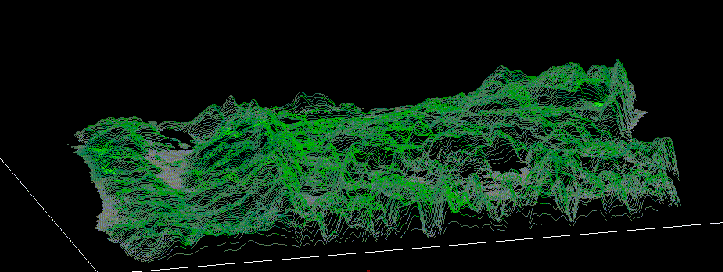

Forest fires represent ecological processes that are essential to natural forest regeneration, succession, and overall integrity. While buring occurs cyclically in the biotic world, anthropogenically induced forest fires far outnumber naturally occuring ones. Forest fires pose a threat to both ecosystem and human safety. Thus, identification of forested areas susceptible to ignition is essential for effective forest fire prevention, monitoring, and control, all of which are essential components of a comprehensive forest management system.
The spatial analysis capabilities and ability to evaluate multiple criteria are what make GIS a powerful tool for assessing relative risk of forested areas to burning, taking into account place-specific conditions of multiple environmental factors. The purpose of this project is to employ GIS (Idrisi32 and some functions of ArcView) to integrate environmental criteria as a means of evaluating summertime (June-August) forest fire susceptibility for western Oregon. A multitude of forest fire potential models are available to mathematically derive a fire susceptibility index. These include, amongst others, the Rothermel algorithmic model, and commercial software models such as FARSITE, WESTFIRE and the BEHAVE system. However, the majority of such models are behavioral in nature and model combustion activity, fire spread/propagation rate, and flow. My objective in using GIS is to create a comprehensive landscape of the relative sensitivity of forested areas to experiencing fire as compared to neighbouring tree stands in Western Oregon rather than simulating how fire will behave once a particular area is ignited.
In order to create a sensitivity landscape, I decided to isolate environmental variables that were common input factors in all of the models that I examined. Each model accounted for the following factors:
Once these factors were identified, I used GIS to integrated the above factors (excluding ones unavailbe in digital form,*) plus forest fire history to produce both a Boolean display isolating extremely sensitive areas from less sensitive areas, as well as a composite forest fire sensitivity and susceptibility spectrum for Western Oregon.Vegetation - either vegetation type, or "greeness" derived from multi-spectral satellite imagery*
Topography - combinations of slope, aspect and elevation
Climate - precipitation, and usually temperature*
Agnieszka Leszczynski
2001
Geography 355
Simon Fraser University